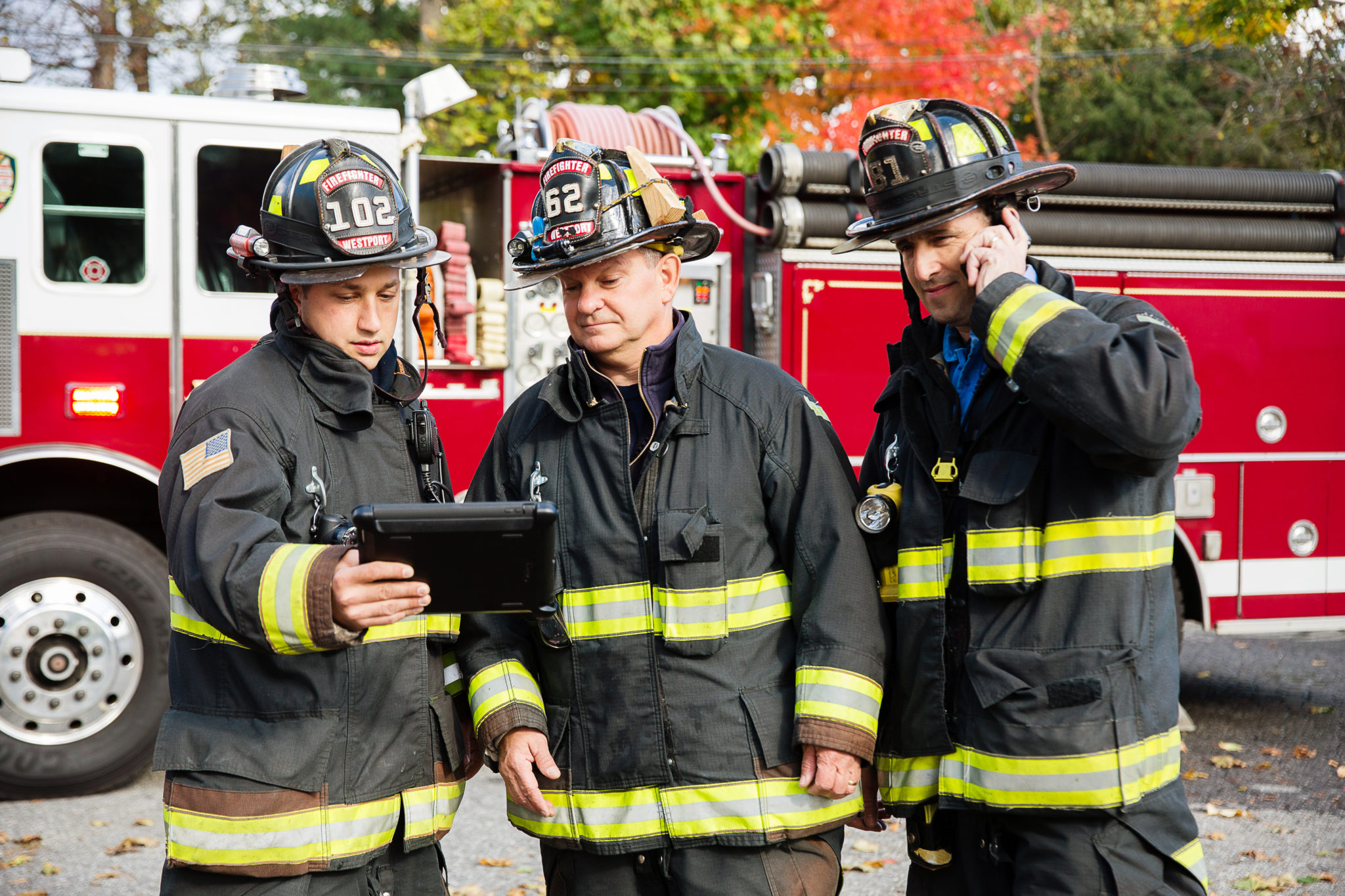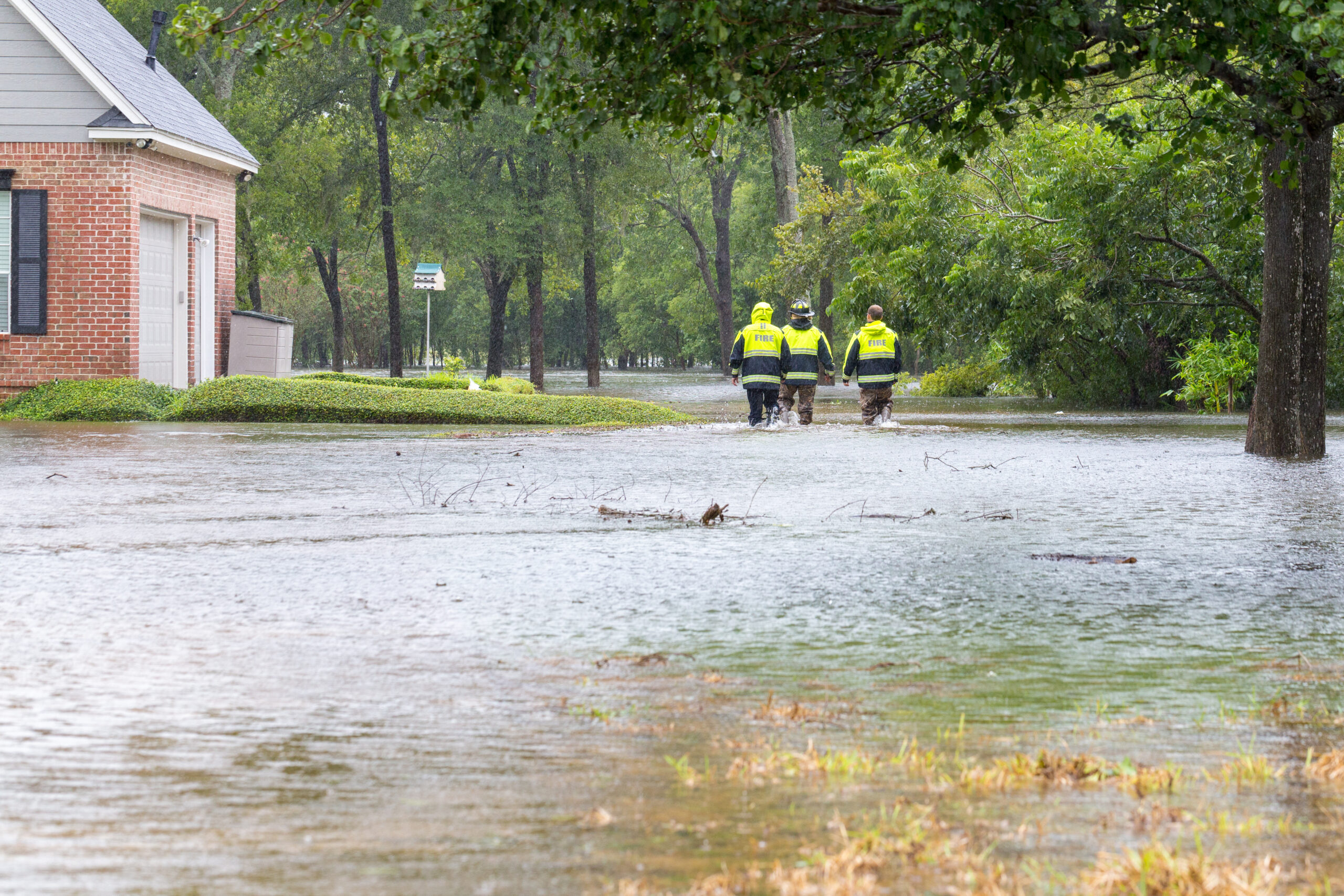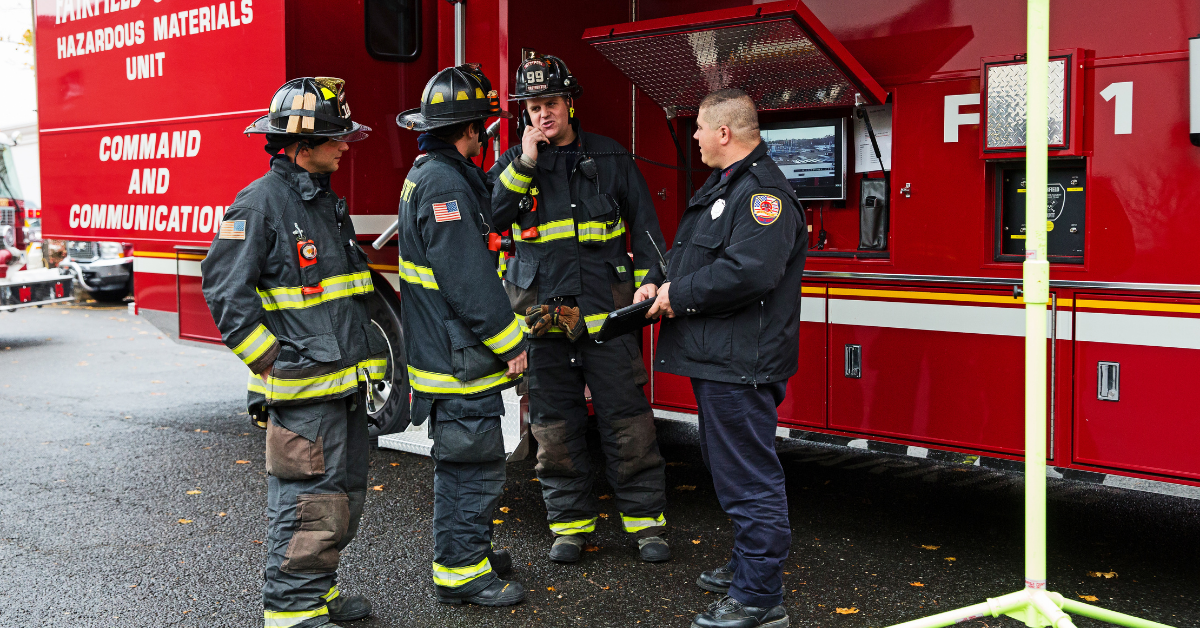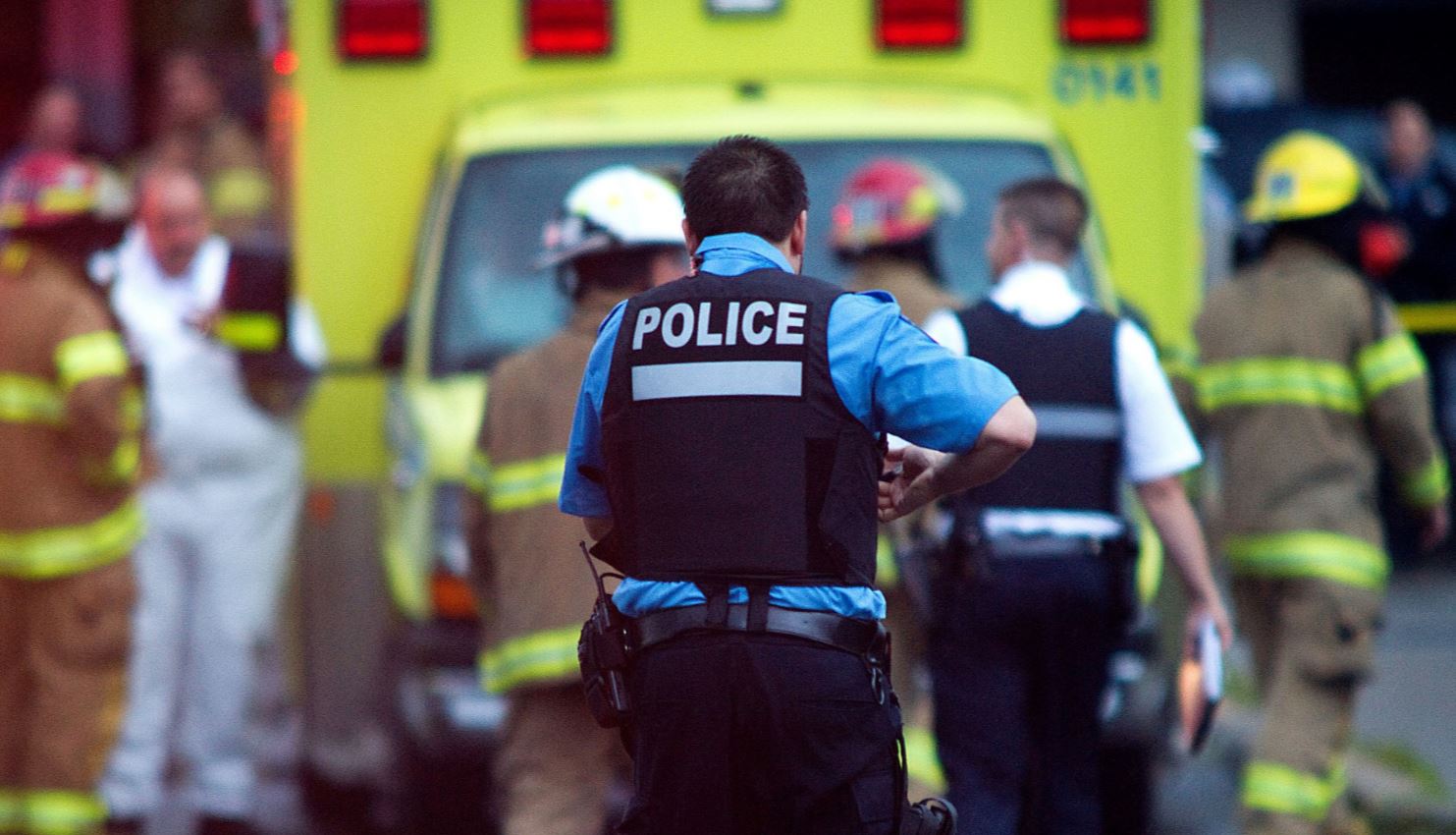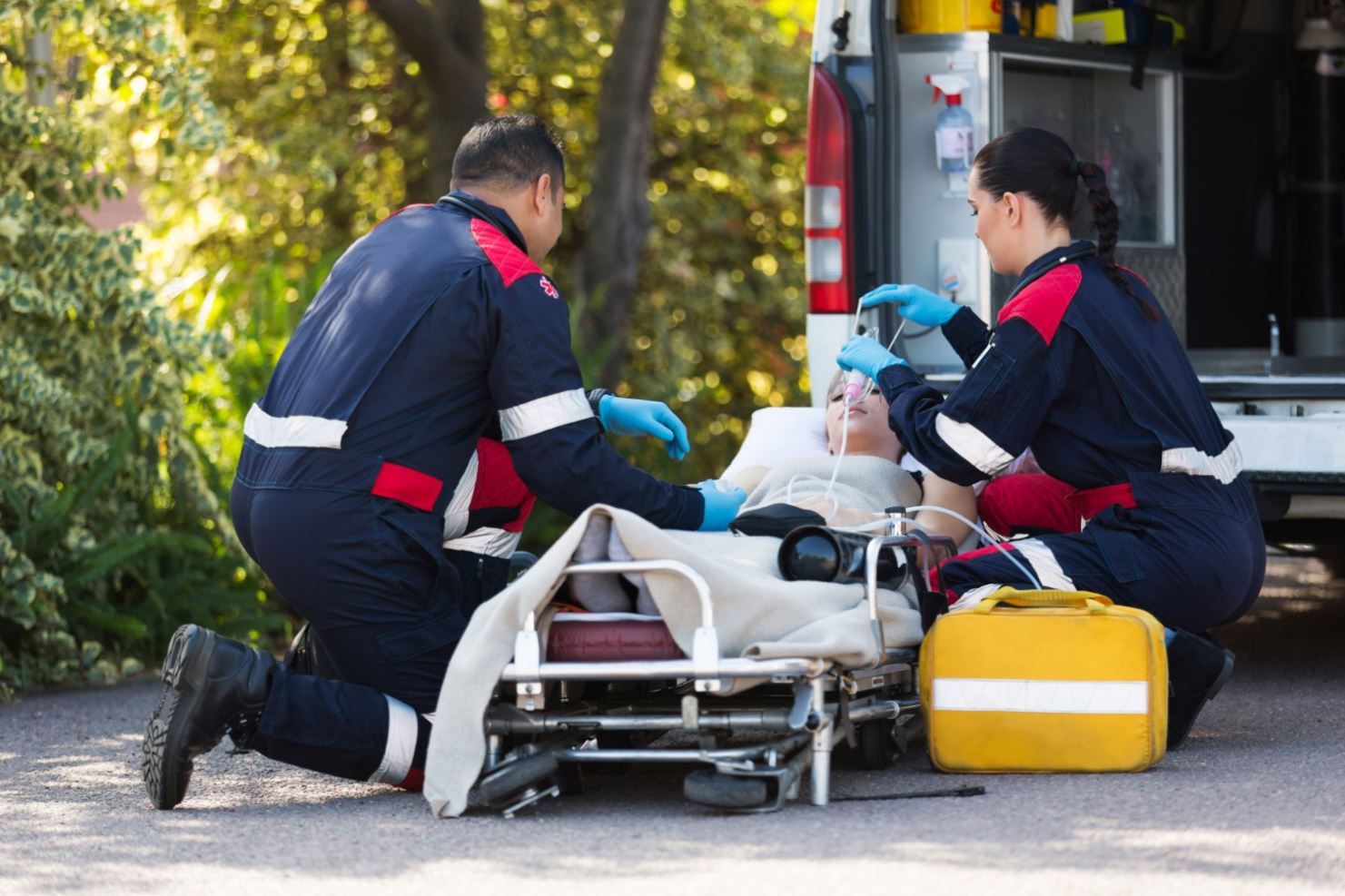For first responders—and those who support them—every second counts.
Emergency response teams need reliable tech solutions to optimize communications, make informed decisions quickly, efficiently deploy services, and adapt to changing circumstances on a moment’s notice. Utilizing cutting-edge telematics, Fleet Complete for FirstNet is helping first responders do just that while saving them valuable time in the critical moments after they are called upon.
Fleet Complete for FirstNet harnesses telematics and emergency response capabilities that go far beyond traditional emergency response IT systems. Fleets can now easily put to use valuable insights into driving patterns, vehicle health, crash detection alerts, and video telematics. Control rooms are equipped to run reports, manage load planning, dispatch, and evaluate risk status with a completely connected infrastructure using First Priority™ on Band 14.
In short, emergency response teams can provide better and faster services with a comprehensive, reliable, and scalable telematics solution. Here’s how Fleet Complete for Firstnet is transforming emergency for law enforcement, fire, EMS, 911 centers, and more.
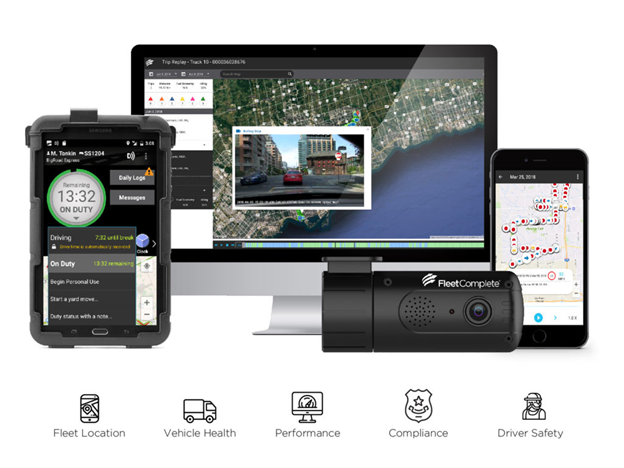 The centralized administration hub is designed to provide easy access to account information, driver status, vehicle information, equipment integrity, routing information, and more. Having that level of granularity helps first responders and dispatchers make critically-informed decisions faster.
The centralized administration hub is designed to provide easy access to account information, driver status, vehicle information, equipment integrity, routing information, and more. Having that level of granularity helps first responders and dispatchers make critically-informed decisions faster.
1. Increasing Situational Awareness
Telematics provides powerful real-time visibility into your fleet’s status, increasing situational awareness for your control rooms and decision-makers. Situational awareness is the perception of important elements in a given environment using all available sensory information to project the best course of action. In emergencies, control rooms and dispatchers need access to critical real-time information to monitor the unfolding situation, what factors are at play, and if there are additional considerations to take into account in their decision-making process. With Fleet Complete’s telematics all field assets—from engine control modules to GPS location tracking, to diagnostic codes—help emergency response teams assess emergency situations faster and coordinate necessary personnel and equipment promptly. Considering the average ambulance wait time is 8 minutes (14 in rural areas, and 30 in remote areas), having situational awareness to deploy the closest response team is imperative. Other emergencies where situational awareness is critical include flash floods, tornadoes, and severe storms. As part of a robust telematics solution, patrol vehicles are equipped with live cameras to document events as they unfold so control rooms can respond as needed in real-time. As weather moves throughout a region, telematics allows the control room to route their fleet safely to avoid the worst of the inclement weather; monitoring storms to immediately note any destruction of infrastructure that might impede fleets from doing their job.2. First Responders Are Always First In Line
When every second counts, first responders require access to critical communications. They need it first, fast, and available at all times. Fleet Complete’s Fleet Tracker 2, which is FirstNet Ready supports First Priority™ on Band 14, which prioritizes first responder access to Band 14’s high-quality spectrum. First responders no longer need to worry about civilian devices throttling their service or limiting bandwidth. When response teams arrive on-site, their Fleet Complete for FirstNet devices elevate their in-network status and guarantee continuity during times of crisis. This elevated, guaranteed service is helping first response teams across the U.S. For example, as firefighting teams in Northern California work to manage the spread of wildfires while maintaining large-scale, inter-agency communication, they rely on First Priority™. With unthrottled wireless connectivity, first responders can share information and collaborate in joint missions across vast expanses of fire-devastated forest.3. Resources Extend to First Responder Support
Emergency response is a team effort that includes first responders as well as those that support them like healthcare, transportation, and utilities. Fleet Complete for FirstNet is designed to better connect front-line actors with those who support them through vehicle readiness, fleet visibility, and access to a prioritized communications network. Here are ways telematics is transforming response efforts from support teams:- Seamless Communication Across Agencies: Dispatchers can keep medical staff informed on actions taken at the scene, arrival times to hospitals, and other pressing updates. Agencies can seamlessly share pressing updates, videos, and dashboard metrics.
- Connected Transportation Operations: Vehicle visibility extends beyond ambulance fleets to include school transportation. School buses equipped with telematics offer school admins, drivers, and parents real-time visibility into the bus, safety reports, and compliance adherence.
- Extended Front-Line Connectivity: Telematics systems support utilities fleets that repair and keep essential services operating during emergencies such as electricity, gas, and water. It also extends connectivity to aid in emergency relief such as quickly addressing fallen power lines, gas leaks, or road hazards.
4. Single Integrated Platform
The Fleet Complete dashboard provides a holistic view for fleet managers and dispatchers to access real-time field intelligence across their entire fleet. Having data automatically collected and analyzed on a singular dashboard frees up critical time for control room operators. Instead of spending time collecting information, operators can shift their focus to diagnostic support. The centralized administration hub is designed to provide easy access to account information, driver status, vehicle information, equipment integrity, routing information, and more. Having that level of granularity helps first responders and dispatchers make critically-informed decisions faster.
The centralized administration hub is designed to provide easy access to account information, driver status, vehicle information, equipment integrity, routing information, and more. Having that level of granularity helps first responders and dispatchers make critically-informed decisions faster.






